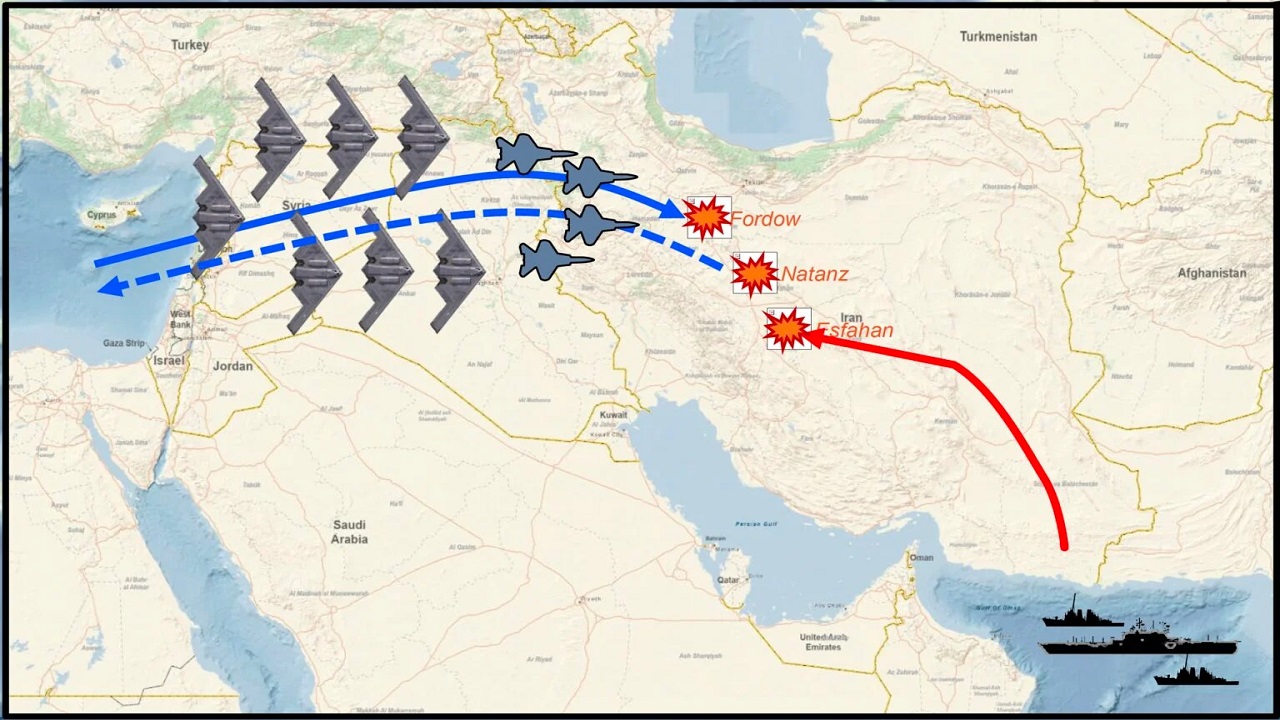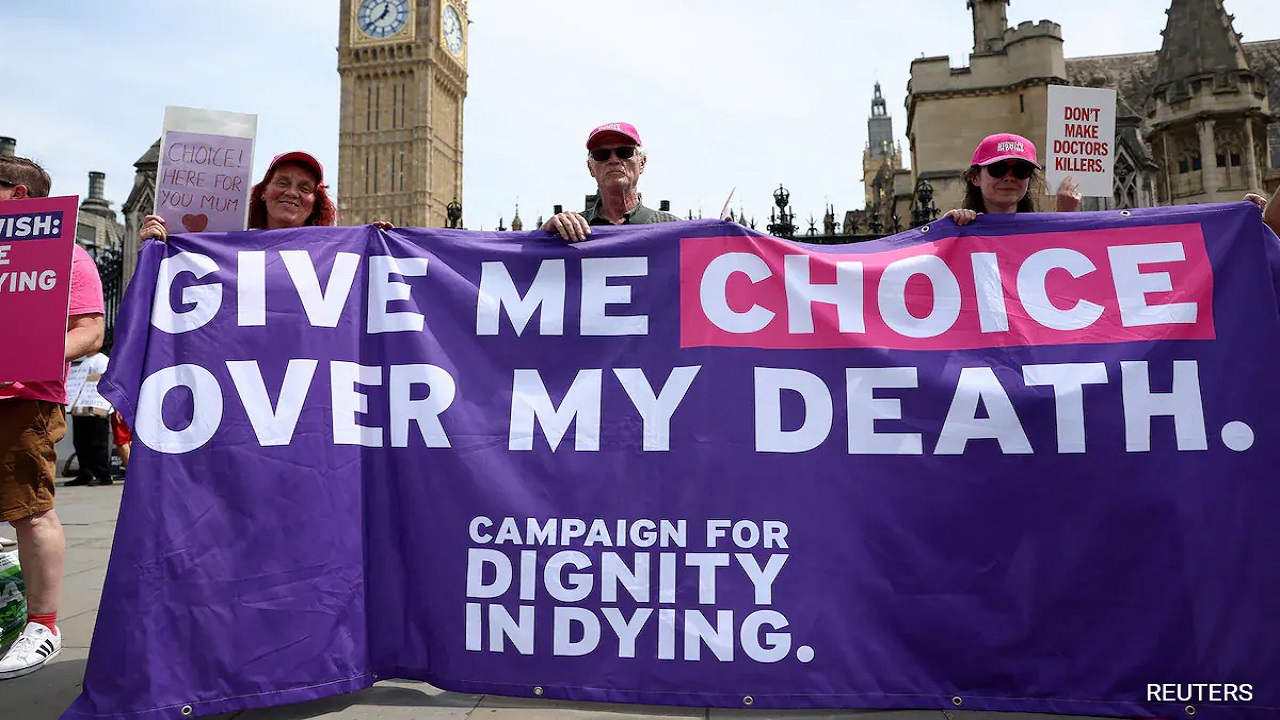WHO Pandemic Agreement 2025: A New Era in Global Health Governance
Introduction
The COVID-19 pandemic revealed significant shortcomings in global public health preparedness and coordination. It disrupted economies, overburdened healthcare systems, and exposed disparities in access to healthcare across nations.
To address these gaps, the World Health Organization (WHO), along with its 194 Member States, initiated negotiations in 2021 to draft a legally binding international framework to manage future pandemics. These efforts culminated in the adoption of the WHO Pandemic Agreement at the 78th World Health Assembly in May 2025.
This agreement is only the second legal instrument adopted under Article 19 of the WHO Constitution, the first being the Framework Convention on Tobacco Control in 2003. It aims to strengthen global cooperation in pandemic preparedness, response, and recovery while upholding equity, transparency, and national sovereignty.
About the World Health Assembly (WHA)
The World Health Assembly (WHA) is the highest decision-making body of the World Health Organization (WHO).
Important points about WHA:
-
It comprises delegates from all 194 WHO Member States
-
It meets annually in Geneva, Switzerland
-
It sets WHO’s global policies and strategic priorities
-
It approves the WHO’s budget and work programs
-
It has the authority to adopt international agreements under Article 19 of the WHO Constitution
-
It plays a critical role in coordinating international health responses and monitoring global health trends
Notable achievements of WHA in the past include:
-
Declaration of the eradication of smallpox in 1980
-
Adoption of the International Health Regulations (IHR)
-
Adoption of the Framework Convention on Tobacco Control (2003)
-
Launch of the Pandemic Influenza Preparedness Framework (2011)
WHO Pandemic Agreement – Key Highlights
Adopted at the 78th World Health Assembly in May 2025, the WHO Pandemic Agreement is a legally binding international treaty.
Important features:
-
It is developed under Article 19 of the WHO Constitution
-
It will be implemented after the finalization of operational mechanisms by May 2026
-
It will enter into force only after ratification by at least 60 countries
-
The agreement is guided by the principles of equity, solidarity, transparency, scientific evidence, and respect for state sovereignty
Objectives of the Agreement
The WHO Pandemic Agreement seeks to:
-
Strengthen global and national pandemic preparedness and response
-
Ensure equitable access to health technologies such as vaccines and diagnostics
-
Encourage collaborative surveillance and information sharing
-
Promote national ownership of pandemic response while enhancing international coordination
-
Address challenges like antimicrobial resistance and zoonotic spillover risks
Main Provisions of the Agreement
-
Pandemic Prevention and Surveillance
-
Countries are required to prepare National Pandemic Prevention and Preparedness Plans
-
Emphasis is laid on the control of zoonotic diseases, antimicrobial resistance, and lab safety protocols
-
It calls for strengthening routine immunisation, surveillance systems, and early warning capabilities
-
-
Sustainable Local Production
-
Nations are encouraged to build local and regional capacity for manufacturing health products
-
It ensures timely, equitable, and affordable access to vaccines, diagnostics, and therapeutics
-
Aims to reduce dependence on a few global suppliers, promoting self-sufficiency in critical health resources
-
-
Technology Transfer
-
Promotes technology and knowledge sharing, especially with low- and middle-income countries
-
Encourages voluntary licensing, financing, and regulatory incentives to enable equitable innovation sharing
-
Supports the creation of regional and global technology hubs coordinated by WHO
-
-
Pathogen Access and Benefit-Sharing System (PABS)
-
A new system for rapid sharing of pathogen samples and genomic data will be established
-
Manufacturers receiving such data must provide 20 percent of real-time production to WHO
-
10 percent as donations
-
10 percent at affordable prices
-
-
The mechanism is open to all manufacturers globally, and its full structure will be finalised by May 2026
-
-
Global Supply Chain and Logistics Network
-
A WHO-coordinated logistics network will be established
-
Its purpose is to enable equitable, need-based distribution of medical supplies during emergencies
-
Helps overcome global supply chain disruptions seen during the COVID-19 pandemic
-
-
Protection of National Sovereignty
-
The agreement explicitly respects national laws and sovereignty
-
WHO is not granted authority to enforce lockdowns, vaccine mandates, or travel restrictions
-
Countries maintain full autonomy over their public health measures and responses
-
Absence of the United States from the Agreement
-
The United States did not participate in the adoption of the agreement
-
The U.S. delegation withdrew after President Donald Trump began a fresh process of U.S. withdrawal from WHO in early 2025
-
The U.S. absence raises concerns regarding:
-
Reduced global influence and leadership in health governance
-
Challenges in achieving universal ratification and effective implementation
-
Potential financial and strategic implications for WHO-led initiatives
-
Importance for India and Developing Countries
-
India stands to gain from provisions promoting equitable access, technology transfer, and local production
-
It provides India with an opportunity to enhance its role as a regional pharmaceutical and vaccine manufacturing hub
-
Strengthens India's voice in global health governance and South-South cooperation
-
Supports India’s commitment to Universal Health Coverage and pandemic preparedness
Conclusion
The WHO Pandemic Agreement of 2025 marks a historic milestone in the evolution of international health law and multilateral cooperation. It reflects the global community’s commitment to preventing a repeat of the COVID-19 crisis by building a more resilient, fair, and coordinated global health architecture.
_(22).jpg)



Comments (0)